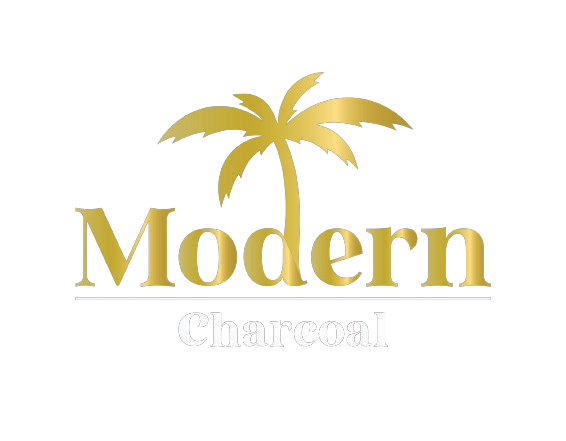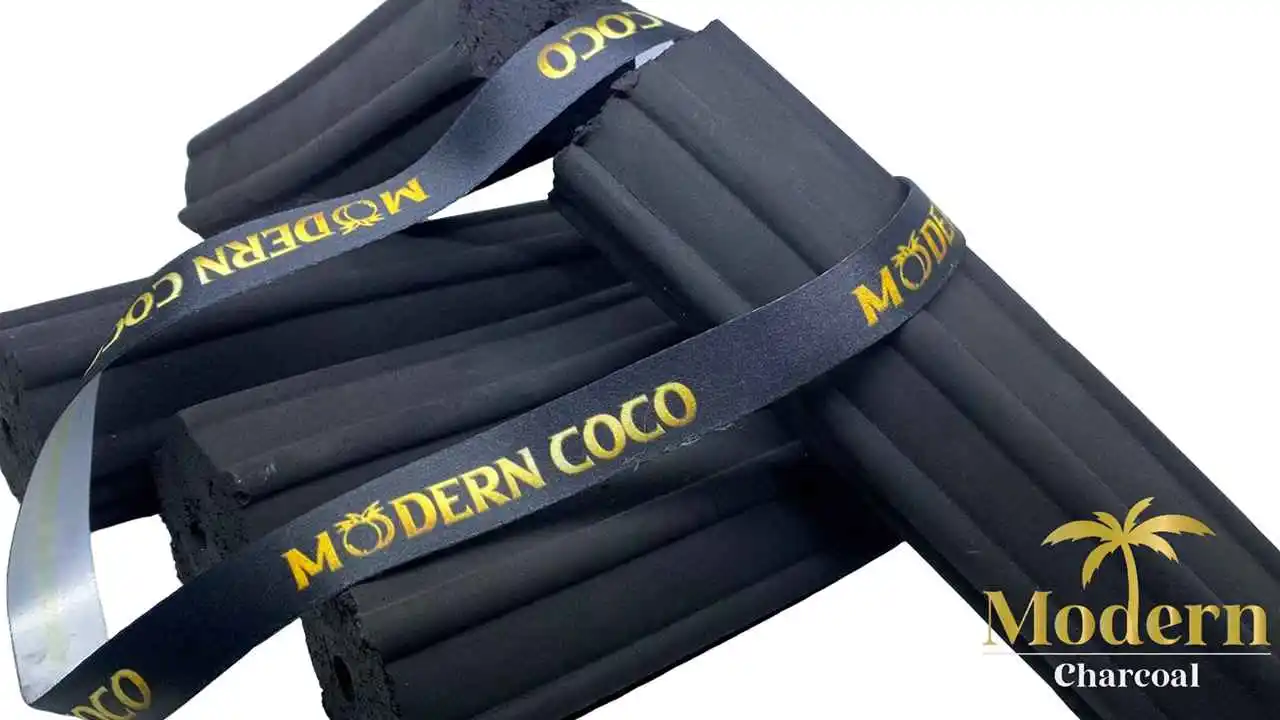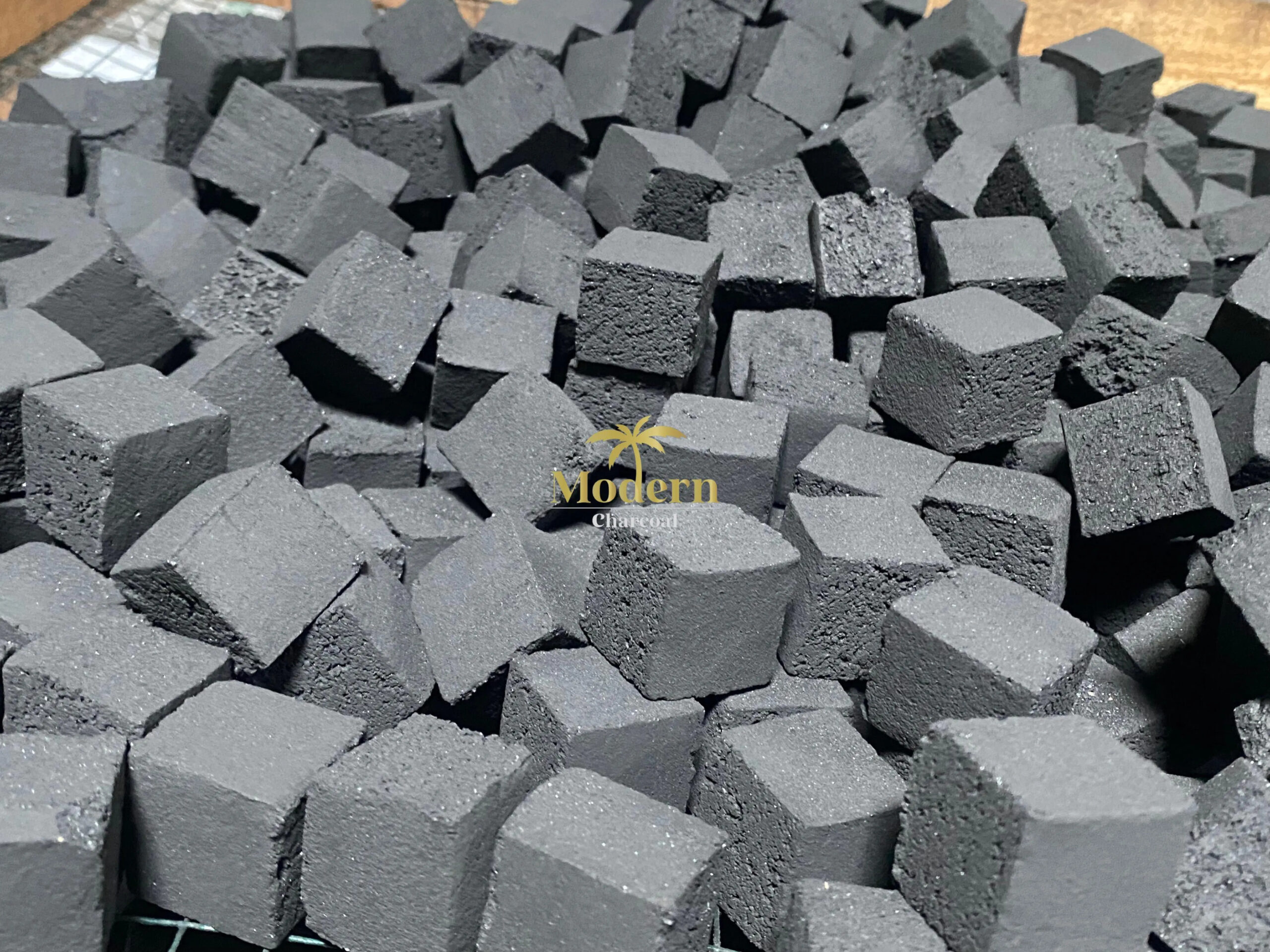Activated bamboo charcoal, a highly porous material made from the carbonization of bamboo, has garnered significant attention in recent years for its extensive range of benefits and applications. This naturally derived substance undergoes a special treatment process, increasing its surface area and pore size, which enhances its adsorption capacity. The result is a powerful, eco-friendly product with applications spanning from air purification to health and beauty, making it a versatile addition to any home or business. This article delves into the fascinating world of activated bamboo charcoal, exploring its benefits, uses, and why it’s considered an essential element for modern living.
Origins and Production
Activated bamboo charcoal, known for its exceptional hardness and growth speed, is produced primarily from the bamboo plant, a fast-growing grass that’s abundant in many parts of the world. The process involves heating bamboo at high temperatures in the absence of oxygen, a procedure known as pyrolysis. Subsequently, the charcoal undergoes activation through a steam activation process or chemical activation, enhancing its porous nature and surface area. This process imbues the bamboo charcoal with unique properties, setting it apart from regular charcoal.
Environmental Impact
One of the most compelling aspects of bamboo activated charcoal is its environmental friendliness. Bamboo, as a raw material, is highly renewable due to its rapid growth rate, making it a sustainable choice over traditional wood sources. Furthermore, the production process of activated bamboo charcoal is relatively clean, contributing minimal pollutants to the environment. This makes it an attractive option for eco-conscious consumers looking to reduce their carbon footprint and support sustainable practices.
Air Purification
Activated bamboo charcoal is renowned for its ability to purify air. Its porous structure enables it to trap pollutants, odors, and moisture effectively, making it an ideal solution for maintaining a clean and fresh indoor environment. It can absorb volatile organic compounds (VOCs), allergens, and bacteria, thereby improving air quality significantly. Unlike air fresheners that mask odors, activated bamboo charcoal neutralizes them, offering a natural and chemical-free way to freshen your space.
Water Filtration
Beyond air purification, activated bamboo charcoal serves as an effective water filter. Its adsorptive properties allow it to remove impurities, chlorine, and odors from water, improving its taste and safety for consumption. This application is particularly beneficial in areas where water quality may be compromised, offering an accessible and natural method for water purification.
Health and Beauty
The health and beauty industry has embraced activated bamboo charcoal for its detoxifying properties. It’s commonly found in products like facial masks, toothpaste, and digestive aids, thanks to its ability to draw out toxins, bacteria, and chemicals from the body and skin. Its gentle exfoliating effect also promotes healthier skin by removing dead skin cells and improving overall complexion.
Household Uses
Activated bamboo charcoal’s deodorizing ability makes it a popular choice for household use. It’s effectively used in refrigerators, closets, and shoes to eliminate unwanted odors. Moreover, it can help regulate humidity, making it beneficial in damp areas to prevent mold and mildew growth. Its versatility extends to the garden, where it can be mixed into soil to improve aeration and water retention.
Challenges and Considerations
While activated bamboo charcoal offers numerous benefits, it’s essential to consider its proper usage and disposal. It should be replaced periodically to maintain its effectiveness, as its pores can become saturated over time. Disposal should be done responsibly, ideally by incorporating it into soil, where it can contribute to soil health, rather than contributing to landfill waste.
Activated bamboo charcoal bags consist of porous charcoal made from the carbonization and activation of bamboo. This process enhances the charcoal’s absorptive ability, making it ideal for trapping pollutants, moisture, and odors. These bags are usually made from breathable materials, such as linen or burlap, allowing air to flow through the charcoal and facilitating the absorption process.
Conclusion
Activated bamboo charcoal stands out as a multifaceted, eco-friendly solution that addresses various environmental, health, and household needs. Its ability to purify air and water, alongside its applications in health and beauty, underscore its versatility and appeal. As awareness of its benefits grows, so does its popularity among consumers seeking natural and sustainable alternatives in their daily lives. By embracing activated bamboo charcoal, individuals and businesses alike can contribute to a healthier, cleaner, and more sustainable world.
The remarkable journey of activated bamboo charcoal from bamboo to a staple in eco-friendly practices highlights its potential in contributing to a greener planet. As we continue to uncover its myriad uses and benefits, activated bamboo charcoal remains a testament to the power of natural solutions in addressing modern challenges. Whether used for purifying the air, enhancing beauty routines, or improving household environments, activated bamboo charcoal is a shining example of how traditional materials can be transformed into essential tools for sustainable living.



